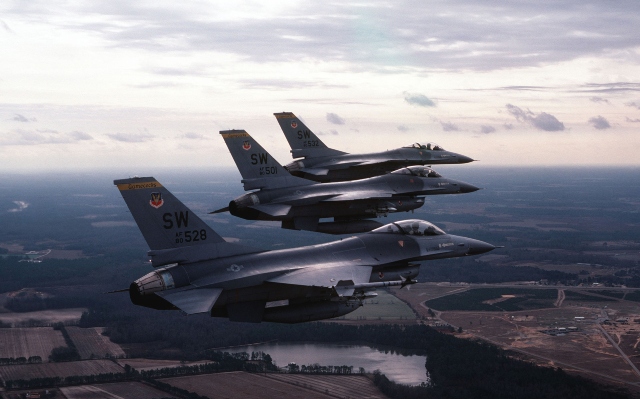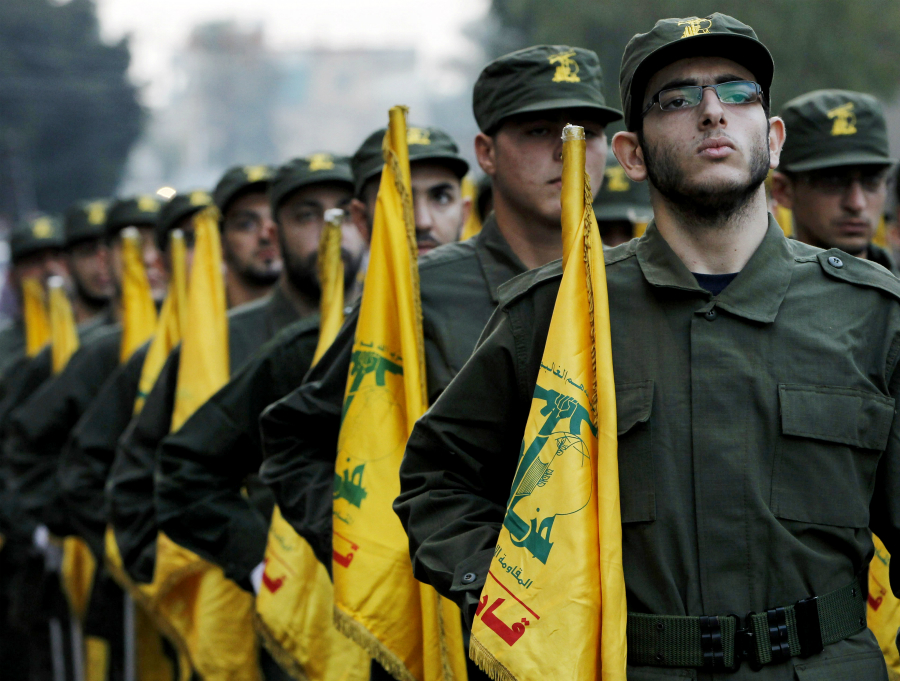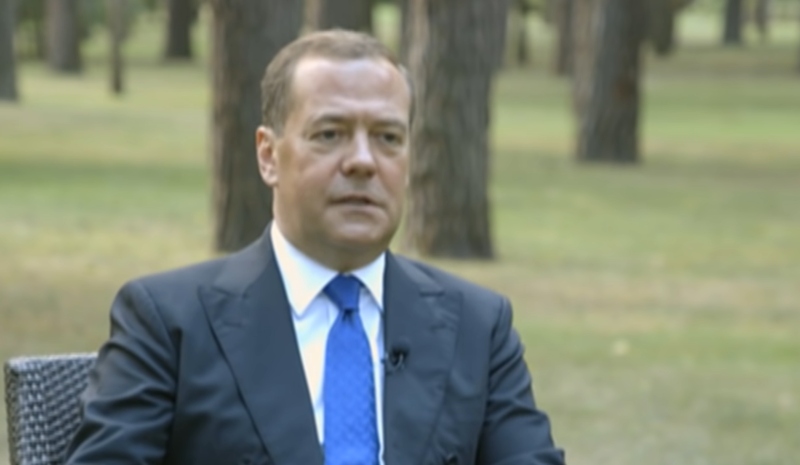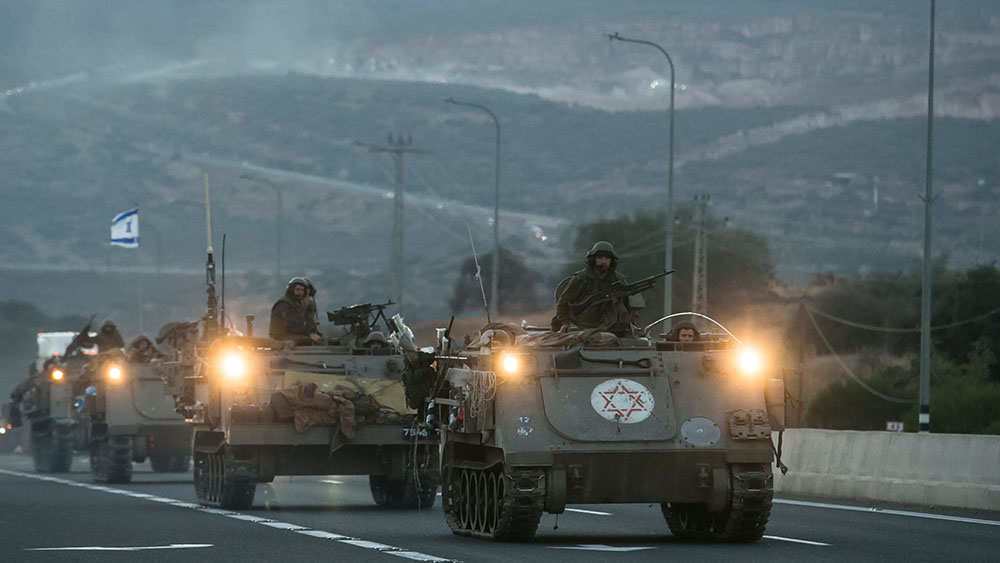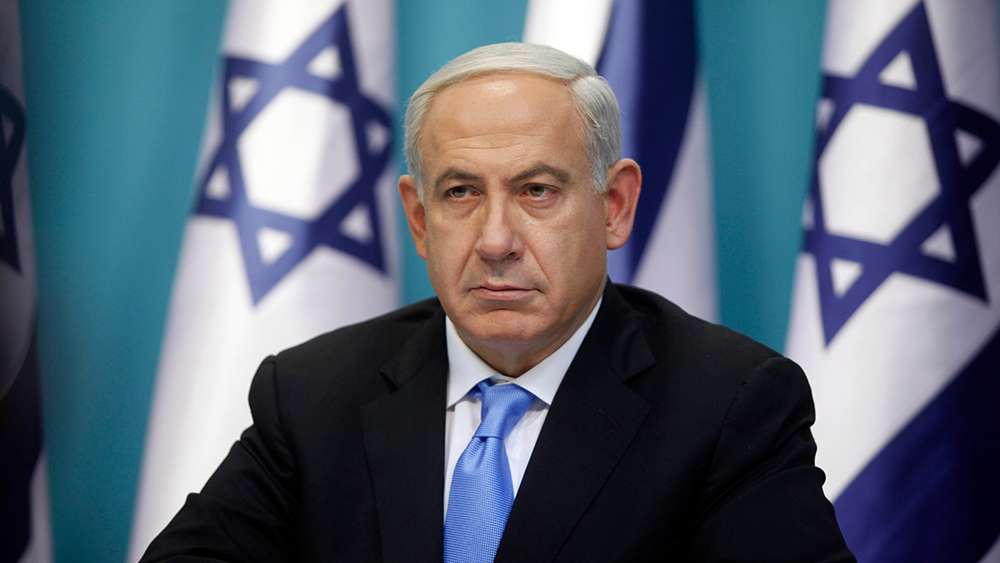Declassified documents reveal US secret nuclear war project named “SIOP,” aimed at killing Russians and Chinese people
06/07/2024 / By Belle Carter
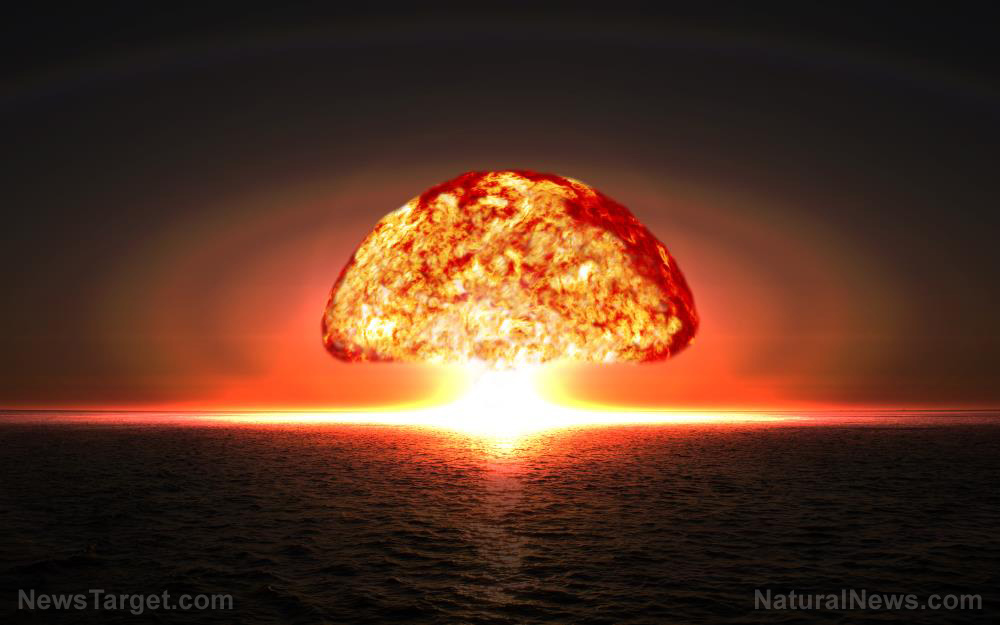
Many cannot help but suspect that the United States, through countries like Ukraine and possibly Taiwan, has been inciting proxy wars to get on with its 1960s plan to mount a nuclear war with Russia and its top ally, China. Declassified documents posted twenty years ago indicate the creation of the Single Integrated Operational Plan (SIOP) six decades ago, that would “kill a lot of Russians and Chinese.” According to the documents at the National Security Archive at George Washington University, the U.S. included so many nuclear weapons in its first missile-age plan for nuclear war that top military commanders called it a “hazard to ourselves as well as our enemy.”
SIOP has been one of the most secret and sensitive issues in U.S. national security policy because it indicates a massive nuclear strike on military and urban-industrial targets in the Soviet Union (Russia), China and their allies. It originally included a complex organizational scheme involving the interaction of targeting, weapons delivery systems and flight paths, nuclear detonations over targets, measurements of devastation and defensive measures and successive SIOPs that would become even more complex. Under the secret plan, a Russian city would receive three 80-kiloton weapons.
Then outgoing President Dwight D. Eisenhower, along with the Navy leaders and White House Science Adviser George Kistiakowsky, were deeply critical of the SIOP’s overkill. The late president even said that the plan “frightened the devil out of him.” Incoming Secretary of Defense Robert McNamara soon decried the “fantastic” levels of fallout that attacks on a multitude of Soviet targets would produce.
The documents on the history of SIOP-62 from 1959-1961 also disclosed that the nuclear war plan included retaliatory and preemptive options. It also indicated a full nuclear SIOP strike launched on a preemptive basis that would deliver over 3200 nuclear weapons to 1060 targets in the Soviet Union, China and allied countries in Asia and Europe. Meanwhile, when on high alert, a full nuclear strike would deliver 1706 nuclear weapons against a total of 725 targets in the said countries and regions. Targets would include nuclear weapons, government and military control centers, and at least 130 cities in the identified countries.
As per the damage expectancy criteria of SIOP-62, it would take three 80-kiloton weapons to destroy a city like Nagasaki, which the U.S. had actually bombed with a 22-kiloton weapon. The Marine Corps commandant was concerned that the SIOP provided for the “attack of a single list of Sino-Soviet countries.” It would also surely make no “distinction” between Communist countries that were at war with the United States and those that were not.
The Defense Department has overclassified and inconsistently released information about the SIOP. According to some evidence, after the Cold War ended, Strategic Air Command Commander-In-Chief General Lee Butler tried to curb what he saw as the SIOP’s “grotesque excesses” by paring down the huge target lists. Security classification, however, hides whether General Butler’s reforms took hold or whether the SIOP remains an instrument of overkill.
Biden permits Ukraine to use U.S. weapons again on Russia
Fast forward to present global conflicts, U.S. President Joe Biden recently lifted his ban on Ukraine for using U.S.-supplied military weaponry in attacking Russia. The said move is part of U.S. efforts to “adapt and adjust” to developments in the war, Secretary of State Antony Blinken has confirmed during an informal meeting of NATO ministers in Prague on May 31.
According to Blinken, Ukraine President Volodymyr Zelensky sought authorization from the White House in the past weeks. “And that went right to the president, and as you’ve heard, he’s approved the use of our weapons for that purpose. Going forward, we’ll continue to do what we’ve been doing, which is as necessary adapt and adjust,” Blinken added.
He reasoned out that the U.S. is just responding to what it has seen in the Kharkiv region, which has come under renewed Russian attacks in recent weeks. It is the second time this year that Biden has quietly relaxed his policy on weapons supplies for Ukraine. Earlier this year, he agreed to send long-range missiles, known as ATACMS, to Kyiv.
This recent development has naturally angered Kremlin officials, especially since France and other European countries also indicated that they are allowing Kyiv to use their weapons on military targets inside Russia.
In response, Russian President Vladimir Putin had warned of “serious consequences,” stressing his country’s nuclear strength, if Ukraine’s Western allies loosened their policy. In fact, the head of the Russian lower house’s defense committee Andrei Kartapolov vowed that Moscow will retaliate asymmetrically to Ukrainian attacks on its territory using weapons provided by the United States. Senior Russian security official Dmitry Medvedev also said Russia was not bluffing when it spoke of the possibility of using tactical nuclear weapons against Ukraine and that its conflict with the West could escalate into an all-out war. (Related: Putin’s new right-hand man wants to nuke the West “to save the world” from a full-blown war.)
America is the biggest supplier of weapons to Ukraine since Russia’s full-scale invasion started in Feb. 2022. Biden’s decision came shortly after NATO chief Jens Stoltenberg told the alliance’s foreign ministers that the “time had come” to relax the restrictions placed on Kyiv over the use of the weapons and “enable Ukrainians to really defend themselves.”
Head over to RussiaReport.news to read more updates on the current status of the Russia-Ukraine war.
Sources for this article include:
Submit a correction >>
Tagged Under:
Biden, big government, Blinken, chaos, China, conflict, conspiracy, Dangerous, dod, Dwight eisenhower, evil, military tech, national security, nuclear war, nuclear weapons, overkill, Putin, Russia, SIOP, Twisted, Ukraine, violence, weapons technology, west, World War III, Zelensky
This article may contain statements that reflect the opinion of the author
RECENT NEWS & ARTICLES
COPYRIGHT © 2017 VIOLENCE NEWS


